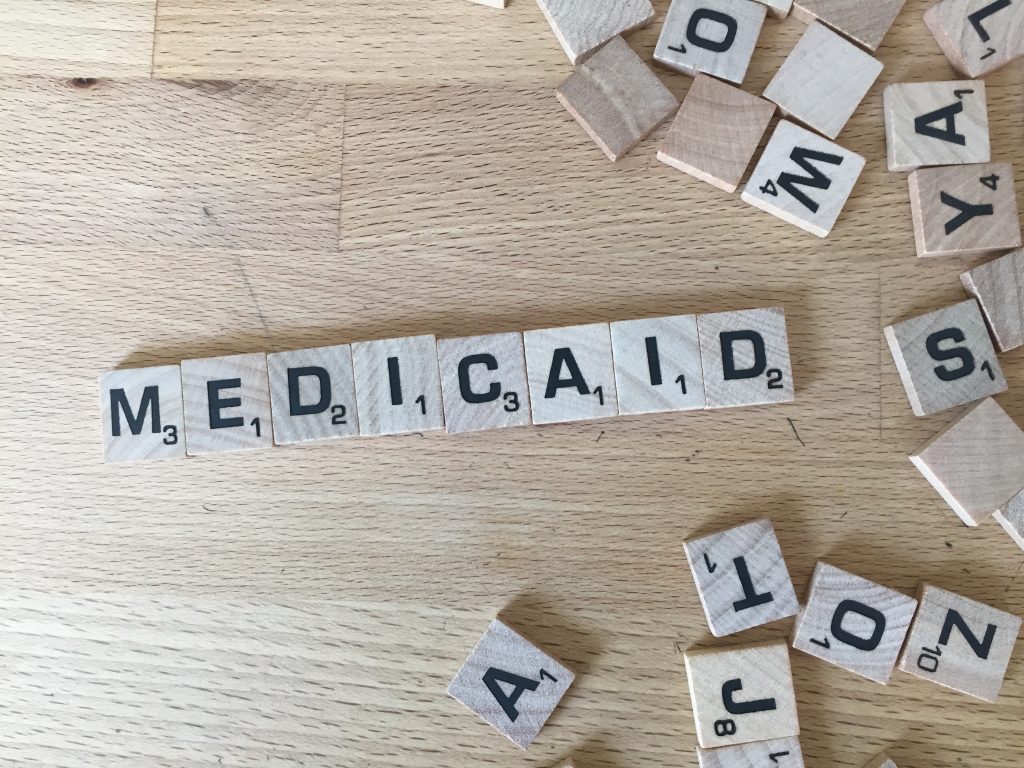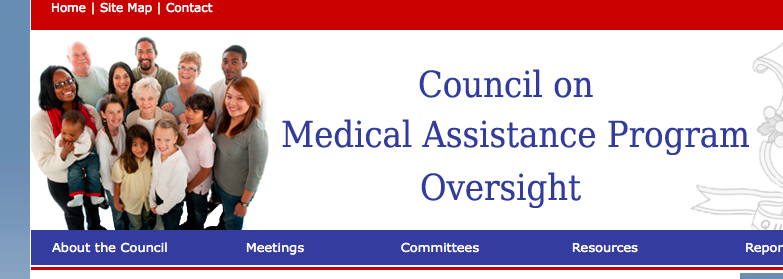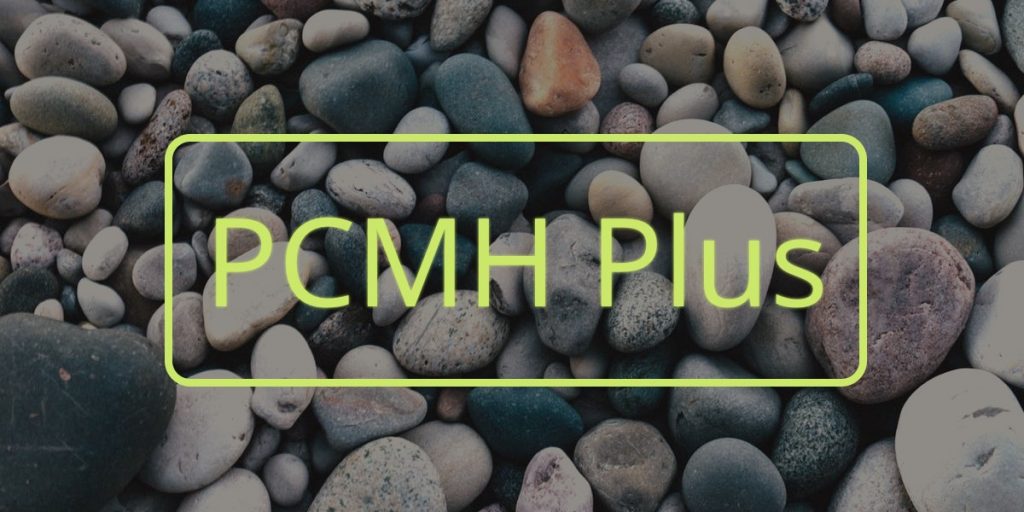PCCM
Connecticut Medicaid costs stable but rising physician and clinic spending threaten progress
Download the report Since switching from managed care organizations in 2012 to focus on care management, Connecticut Medicaid spending has stabilized while enrollment has expanded significantly, according to the state’s latest financial report. Medicaid now covers one in four state residents. However, physician and clinic spending increases are eroding early progress in controlling costs. Medicaid…
Read MoreTop Stories of 2020
A year ago, our predictions for 2020 missed all but the recession. COVID has us giving up on predictions, so we’ll just take a look back at our top stories of this year. Advocacy Toolbox now online — Updates include specific, real world tools for legislative, administrative, and state budget advocacy, how to change public…
Read MoreCTNJ Op-Ed: Labels matter in healthcare, especially the misleading ones
The President was right – healthcare is complicated. There are lots of reasons, but a big one is language. What something is called can add to or lessen understanding. Sometimes it can be deceptive, giving the impression of a more acceptable definition than the truth. It rarely works for long, but a lot of harm…
Read MoreCOVID hit Medicaid hard
Medicaid members were about 33% more likely to be diagnosed with COVID than other Connecticut residents, according to CHNCT’s presentation Friday to the Medicaid oversight council. The average age of members with COVID was 52 years but ranged from newborn to 102 years old. Like the rest of the population, COVID hit Medicaid members with…
Read MoreSurprisingly, Medicaid applications are down sharply with the pandemic
At Friday’s MAPOC meeting, DSS reported that HUSKY applications were down 40% in May from a year before. This was unexpected given massive increases in unemployment and predictions of over 100,000 new Connecticut Medicaid members because of the pandemic. In January, February and March, applications ran 15% to 20% higher than last year. But a…
Read MoreCommunity health center quality behind the rest of Medicaid
Download the report The good news is that Medicaid health outcome quality measures generally improved in all practice setting from 2016 through 2018. Unfortunately, community health centers (FQHCs) are not doing as well as their counterparts, either other Patient-Centered Medical Home practices (PCMHs), or non-PCMH practices in serving Medicaid members. This data comes from CHNCT’s…
Read MorePCMH (no Plus) program continues to grow and improve care
At MAPOC’s Care Management Committee meeting Wednesday, the state provided the latest numbers from the successful Person-Centered Medical Home program. PCMHs are primary care practices that coordinate care for patients, offer expanded hours, and address population health needs. The program continues to grow, adding 52 primary care providers and seven new sites of care in…
Read MoreCommunity health centers still struggle with ED visits
As in the past, Medicaid patients of Connecticut’s community health centers are far more likely to visit an ED than other Medicaid patients, according to a presentation by CHNCT at Friday’s Medicaid Council meeting. While rates have decreased a bit, the very large gap in ED use rate between clinic patients and other Patient-Centered Medical…
Read MoreCT Medicaid child checkup rates jumped when HMOs were fired
Well-child screenings increased twelve percent for HUSKY children between FY 2001 and FY 2012, according to a new report from the Government Accounting Office. While correlation is not causation, it is important to note that on January 1, 2012 Connecticut Medicaid payment shifted from capitation through private managed care companies to our current managed fee-for-service…
Read MoreCoincidence? CT spends little on primary care, and we have high ED, preventable hospitalization rates
A new analysis finds that Connecticut, at only 3.5% of our health care dollars spent on primary care, is last among 29 states studied. Not surprisingly, we also rank among the highest in ED visits, all hospitalizations, and in avoidable hospitalizations. The US average is 5.6% of health care spending devoted to primary care, well…
Read More









